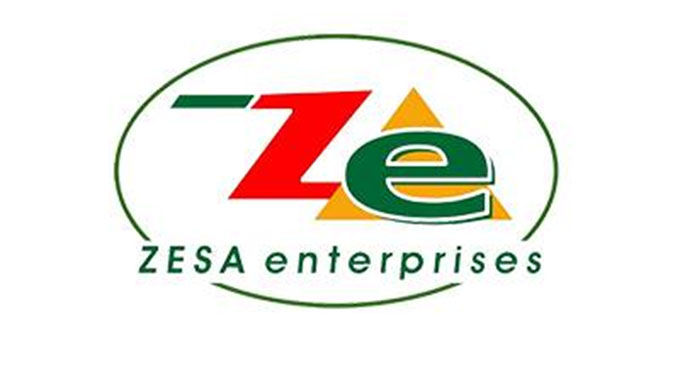Annual raw milk output surges 12,66pc

Tapiwanashe Mangwiro Senior Business Reporter
Zimbabwe’s raw milk production rose by 12,66 percent to 7,19 million litres in November this year compared to the same period last year, latest official figures show.
The trend shows exponential growth, after monthly output grew by 8,07 percent in September 2021 to 7,2 million litres in October.
September 2021’s milk production figures represented an improvement from 6,55 million litres achieved the previous month to 6,98 million, according to the official data.
Presenting the 2022 national budget Finance and Economic Development Minister Minister Mthuli Ncube said Government support to the dairy sector over the years had triggered a positive response from the sector.
Since the beginning of the year, investment across the dairy sector value chain amounted to US$20 million.
The investment, he said, coincided with a rebound in the demand for milk and milk products following relaxation of Covid-19 lockdown measures, pushing capacity utilisation from 34 percent in 2020 to 60 percent in 2021.
Latest data from the Dairy Services Department shows that milk intake by processors grew by 3 percent to 65,8 million litres between January and November 2021 compared to the same period in 2020.
“As a quid pro quo, dairy processors are expected to increase support to out-grower schemes with a view to build the stock of dairy herd, in order to increase raw milk production,” Ncube said.
“Furthermore, dairy processors are expected to increase uptake of raw milk from smallholder farmers.”
However, milk sold by producers stood at 6,19 million litres in November this year, representing a 5 percent decrease from the same comparative period in 2020.
From January to November 2021, average monthly milk production stood at 6,54 million litres. But, in the same period last year, the average monthly output was at 6,37 million litres.
Raw milk output came in at 7,09 million litres in August, 11 percent better than the same period last year, as dairy farmers continued to ramp up production despite the high cost of stock feed.
Output in July was 6,73 million litres, up from 6,52 million litres the prior month. In June, milk production was 6 percent higher at 6,58 million litres in the same month last year.
Raw milk output May rose by 6,48 percent to 6,5 million litres from 6,11 million litres over the same period last year. Output fell 2,57 percent to 5,86 million litres in April this year against the comparative period in 2020.
At 5,42 million litres in February, raw milk output was 11 percent worse than last year’s corresponding period. In March milk output suffered a 6.05 percent decline to 5,93 million litres from 6,32 million litres in the same month last year. January output, which usually ranked highest, was down 5 percent to 6.46 million litres from 6.83 million litres in the same month last year.
Zimbabwe does not produce enough milk. In 2020, milk production was 76,7 million litres, against annual demand of 120 million litres. This means local dairy companies have to import milk powders for processing, to fill the gap.
The Treasury revised the projected dairy milk production from 97 million litres to 92 million litres this year. However, it is projected to reach 95 million litres in 2022. In the 2022 national budget, Minister Ncube proposed a 5 percent levy on imported dairy products. He said the 5 percent tax on dairy imports was meant to “improve performance in the dairy value chain” with the funds meant for “re-capitalising the Dairy Revitalisation Fund, targeted at growth and development” of the dairy sector.








Comments